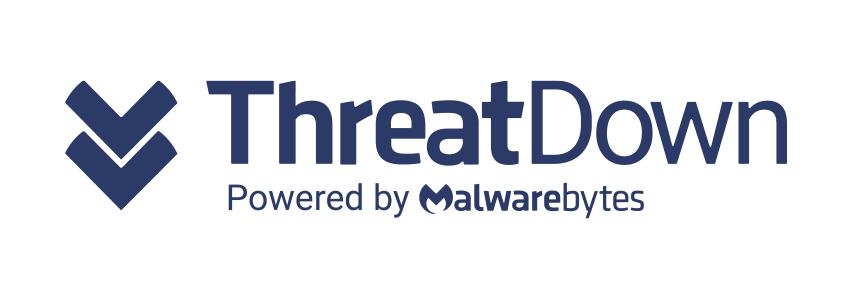Understandably, the terms data security and data privacy are frequently muddled together and sometimes used interchangeably. While they are naturally connected, they are also unique and separate concepts.
To help ensure the data your customers and employees entrust to your organization is both handled appropriately and secured throughout its lifecycle, review these concepts, along with their associated policies, procedures, and technologies, to help prevent malicious or unintentional misuse or loss of data.
What is Data Privacy?
Data privacy focuses on how personal data is collected, used, and shared – in other words, its governance. Regulations and laws addressing data privacy can vary by state and country in terms of how stringent they are and how they are enforced.
Worldwide, countries are coming to the realization that the strict guidelines designed to protect personal data privacy are in the best interest of both an organization and individuals. The European Union’s General Data Protection Regulation (GDPR) is the strictest regulation to date, with other countries modeling regulations after the privacy mandates of the GDPR. Some of note: the California Consumer Privacy Act (CCPA), Brazil’s Lei Geral de Protecao de Dados (LGPD) and Canada’s proposed Digital Charter Implementation Act, to name a few.
While these enacted and proposed regulations are a huge step in ensuring data privacy, without a solid data security foundation and technological solutions in place, data privacy simply cannot happen.
What is Data Security?
Data security, as opposed to data privacy, focuses on how data is protected from the many external and internal threats that exist. Data security policies and procedures can mitigate cyberthreats and inadvertent misuse; however, just putting these measures in place does not typically fully address data privacy concerns and regulations.
Data security encompasses the actual solutions an organization puts in place to protect digital data at all points – from endpoints to networks to the perimeter.
A comprehensive data security policy should form the blueprint for your data security measures and cover three key areas: people, processes, and technological solutions to help enforce any policies set to surround and protect sensitive and private data.
What’s the Difference Between Data Privacy and Data Security?
First, data privacy is NOT the same as data security. Data security is all the measures, policies, and technologies taken to protect data from external and internal threats. However, applying data security measures alone does not necessarily satisfy data privacy requirements. Data privacy still requires adherence to regulations surrounding how the data organizations secure is collected, shared, and used.
Data security protects data from malicious threats; data privacy addresses responsible governance or use of that data.
When developing data security policies, the focus of protection measures is on preventing unauthorized access to data. Tools such as encryption, user authentication, and tokenization can all amp up an organization’s security stance.
When tackling data privacy concerns, the focus is on data being procured, processed, stored and sent in compliance and with consent of the data subject. If an organization is gathering data, individuals need to know what type of data will be collected, why it is needed and who will share this data for transparency. In addition, the data subject needs to agree to these terms.
Using data with respect to an individual’s privacy is the key to data privacy. Data security measures can help ensure that personal identification in collected data is protected.
Protect Data Privacy and Security with Layers of Security Solutions
Is there a singular solution to offer protection? No. However, establishing policies and procedures to address sensitive data protection, as well as layering security solutions, can provide outstanding protection to data throughout its lifecycle.
Layering solutions can address both privacy and security concerns. When choosing technology to support your organizational privacy and security policies, check to ensure that the solutions can easily integrate to address these three key tactics:
- Identify and classify files that may contain sensitive data
- Encrypt data to render sensitive data unreadable unless authorized
- Detect and prevent leaks of sensitive information outside your organization
- Secure and protect sensitive data that is shared inside and outside your organization
- Manage rights to digital data to encrypt and control access to data no matter where it travels
HelpSystems offers a suite of data security solutions, including data loss protection, identification and classification, secure managed file transfer, and more.
Source: HelpSystems






